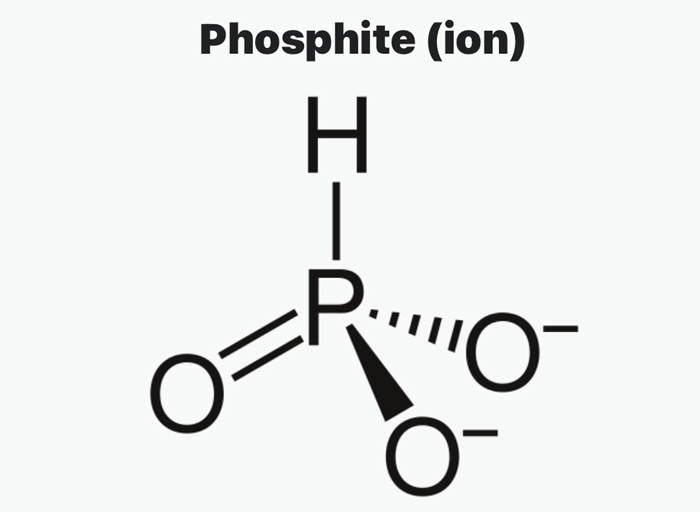Maintaining elite Creeping Bentgrass requires more than just good mowing habits and a standard fungicide program. Today’s superintendents are under constant pressure to produce healthy turf while battling disease, stress, and nutrient limitations. That’s where phosphite steps in as a powerful tool that offers broad-spectrum disease suppression and improved turf resilience, especially when your Bentgrass is under pressure.
Let’s break down what phosphite does, how it works, and when to apply it for maximum benefit.
What Is Phosphite?
Phosphite (H₃PO₃) is a reduced form of phosphate (H₃PO₄), but it behaves very differently in the plant. It’s not a traditional fertilizer, instead, it acts as a plant protectant and biostimulant, providing unique benefits when disease pressure is high or when the turf is stressed.
Think of phosphite as a support player in your spray program. It does not replace nutrients, but helps your turf more effectively withstand stress and disease.

- Disease Suppression Without Resistance Concerns: One of phosphite’s most significant advantages? It helps suppress key bentgrass pathogens, without the resistance issues associated with some fungicides.Phosphite has been shown to help manage:
- Pythium
- Anthracnose
- Dollar Spot
- Fusarium Patch
It works in two powerful ways:
- Activating the plant’s systemic acquired resistance (SAR) to improve internal defense
- Providing mild antifungal properties for added protection
Key Takeaway:
Phosphite strengthens your turf’s natural immune response, making it harder for pathogens to gain a foothold and lowering the risk of resistance buildup in your disease management program.
- Boosts Stress Tolerance and Root Health: Creeping Bentgrass suffers under stress from heat, drought, traffic, compaction, and aggressive play. Phosphite supports turf resilience by:
- Enhancing root development
- Strengthening cell walls
- Improving stress response and recovery
Use it during transitions or when turf shows early decline. Even if visual effects aren’t immediate, the underlying plant health gains can be dramatic.

- Flexible and Tank-Mix Friendly: Phosphite plays well with others. It’s highly compatible with:
- Fungicides
- Plant Growth Regulators (PGRs)
- Foliar nutrients
Its mixing flexibility and low use rates make it a cost-effective, easy-to-integrate option for superintendents looking to get more out of every spray.
- Rapid Uptake and Mobility: Unlike phosphate, which must be broken down in the soil, phosphite is absorbed directly through leaf tissue and moves systemically throughout the plant.That means:
- Faster uptake and quicker results
- Improved coverage of new leaf growth
- Reduced losses from leaching or soil tie-up
Important note: Phosphite is not a substitute for phosphate fertilizers. It won’t correct phosphorus deficiencies in the soil.
**A Word of Caution
Phosphite is powerful, but it’s not a cure-all. Misuse can backfire. Keep these in mind:
- Follow labeled rates — overuse may cause phytotoxicity
- Please do not rely on it to correct soil phosphorus issues
- Use it as part of a broader strategy, not as a standalone solution
When to Apply Phosphite
Superintendents see the best results when using phosphite proactively, especially in these situations:
- Spring and fall transitions
- During fungicide rotation for prevention
- Ahead of stress events, such as aeration recovery, summer drought, or heavy tournament play
Timing matters. Use phosphite when your turf needs an extra layer of defense and resilience.
Final Thoughts
Adding phosphite to your Creeping Bentgrass spray program can deliver measurable results, from enhanced disease suppression to better root health and stress tolerance.
If you haven’t tried it yet:
- Start with a small test area
- Track response closely
- Adjust your application plan based on results
It’s a low-cost, high-impact tool that can help elevate your overall turf health and performance, especially under pressure.
Want to learn more about optimizing your Bentgrass program?
Explore other tips and tools at Tee-2-Green.com/Lessons with Lew or contact Lew Sharp, our agronomist/consultant, directly at Lsharp@Tee-2-Green.com.




